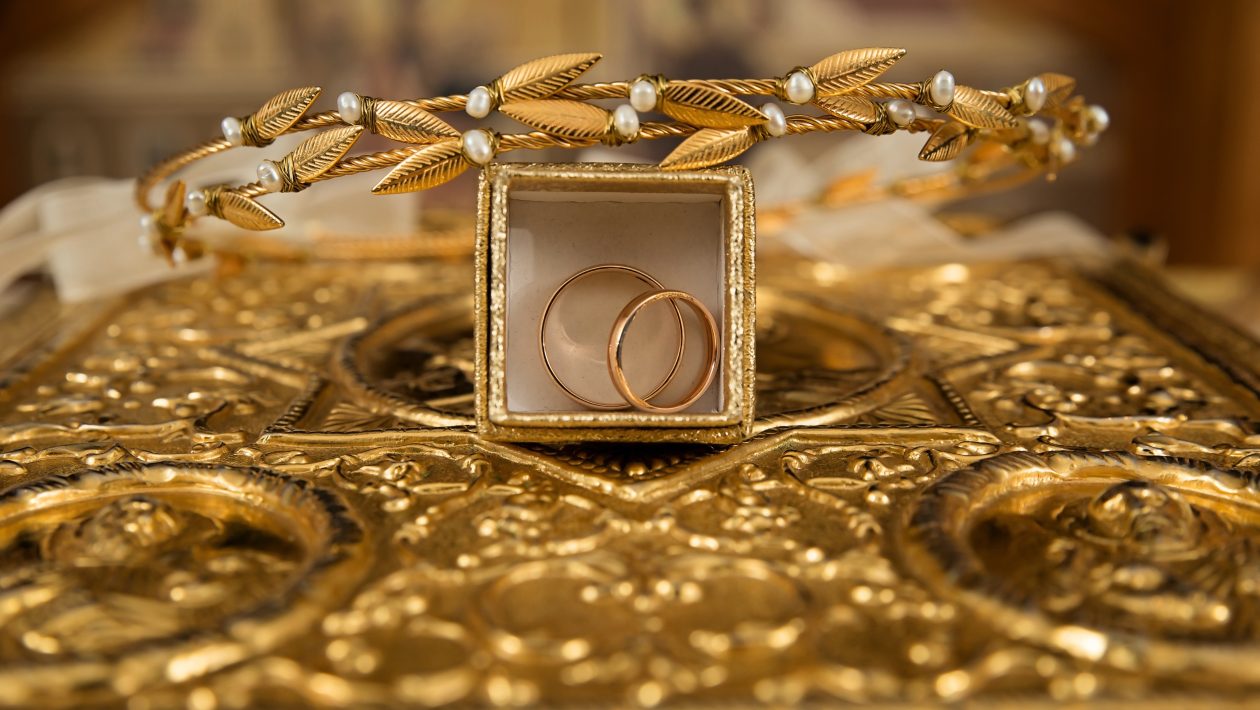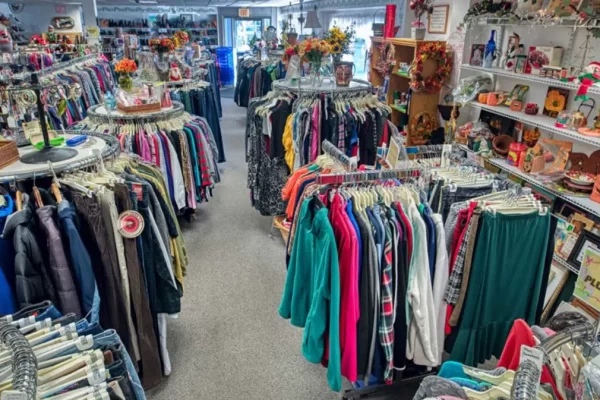Those who choose to wear jewellery often exude confidence and beauty as they exhibit their aesthetic nature and eye for quality and history. Jewellery symbolises tradition and culture while also proudly displaying creativity and expressions.
A special occasion might be coming up in your personal life, and a partner or loved one may wish to show how much you mean by offering an item of jewellery as a gift, thus adding sentimentality to your selection. You may wish to consider shopping with a company where you can liaise with an artisan in the jewellery manufacturing industry.
All about the jewellery manufacturing industry
The right combination of attire, jewellery and accessories is vital to carry off that desired look. Through many years of experience, specialists are available to offer guidance. Getting your selection may pay further dividends, proving to be a wise investment as it gathers value in time, particularly and security contains diamonds or gold.
Here is a guide to the process involved in the manufacturing of jewellery
- The design stage involves an expert who understands jewellery equipment, what is possible and how it will react to the body. Modern technology can see a 3D model which will allow you to see a digital image, from which a wax model can be made for an even closer examination at what the finished article will look like. Perhaps the designer may look at creating something including diamonds?
- The assembly stage sees the cutting and forming of metal with the use of a saw or laser cutting. The forming is the process of moulding your chosen metal into the desired shape which can involve bending, hammering, sinking, or die-forming. Parts are created by casting, as wax moulds are filled with whichever molten metal has been selected.
- Joining together involves soldering different parts to enable the artisan to create a unique bespoke item. Laser-welding and TIG welding are now used in the process once the casting skin has been removed to reveal the metal underneath.
- Stone setting sees the fitting of gemstones being fitted to the jewellery. Once a specialist task, more and more jewellers are now training themselves to complete the job. The stone is set on a mount, with extra stones being put into place by hand drill. Perhaps a visit in London the jewellery exhibition at The Victoria and Albert Museum might offer you further insight into the skill.
- Enamelling and polishing take place, when the colouring is added by fusing coloured glass to the surface to create the enamel look. Many jewellers would bring in a specialist to carry out the process, before the polishing takes place, which is the final stage of the process. The jewellery is polished to perfection with any requested engraving also taking place. Each piece inspected closely to ensure the highest possible standards before being put on sale.
The jewellery manufacturing industry continues to thrive, offering quality items in a range of styles, metals, and gemstones for those who make a purchase to add to their appearance.





